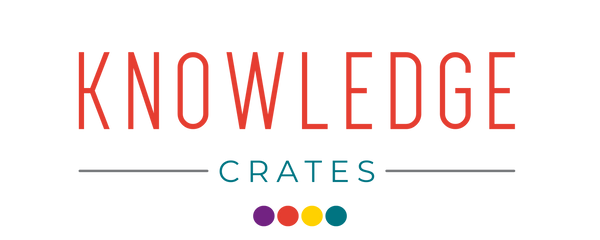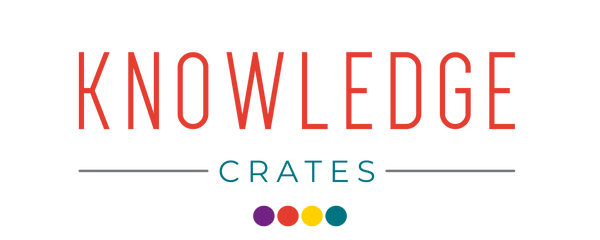Reading to young children is such an important element in their learning! There are so many benefits including:
Developing a special bond with your child
Listening skills
Cognitive and language development
Expanded vocabulary
Increased concentration and discipline
Improved imagination and creativity
Life lessons
Social and emotional development
Cultivating a lifelong love of reading
I am so thankful that my parents believed in this and instilled in me a love of reading!
I am not a good reader, it has not been something that is easy for me and at times it has been difficult to admit that it is something that I struggle with. In school, I struggled to get assignments and reading done due to my reading speed. I would have to spend a lot longer on homework or assignments than my siblings or peers, I was embarrassed or ashamed. However, I always remembered how much fun it was when my parents would read to my siblings and me and how these opportunities to hear a new or loved story, experience learning about something new, or find a new ending were meaningful.
My parents didn’t let me get discouraged, in the summer they would take us to the library to get books for rainy day reading and encouraged us to discover what we liked to read about. They would ask us about how our reading was going, what was happening in the book so far, and helped us discover our interests by asking questions that compared the books to other books we had read. On those summer rainy days, I discovered all kinds of materials and the time it took to read them didn’t matter! An added bonus was that all the reading I did during the summer was helping me continue to improve my reading skills without my knowing it. And while I still struggle, it is something I love working to improve on.
As a teacher, one of my favorite ways to grow excitement about reading experiences is comparing stories. There are so many ways to do this! I love comparing different versions of fairy tales like “The Gingerbread Man” and having students think about creating their own version or ending. Recently my preschool class compared “Goldilocks” stories (“Goldilocks and the Three Bears” by James Marshall, “Goldilocks and the Three Bears” by Caralyn and Mark Beuhner, “Goatilocks and the Three Bears” by Erica S. Perl, and “Somebody and the Three Blairs” by Marilyn Tolhurst). We compared characters, events, and endings. The students listened with interest, laughed out loud, and even shouted out in shock. They recalled the sequences of the stories to compare them and shared ideas about which story was their favorite and why. So much learning!
Doing author studies is another way I love to compare stories. Authors like Eric Carle, Karma Wilson, or Mo Willems give you opportunities to learn about nature in a fun way, grow an understanding of characters, and appreciate storytelling. Comparing non-fiction stories and articles is another great way to encourage reading. Allowing students to learn more about a topic that they are interested in.
I hope that you can be encouraged to find ways to instill a love for reading in your little ones, especially to make connections for those that may need a little help. It is true reading can take us to amazing places and on incredible adventures!
~ Amy Stedman - PKC Teacher / Endless Mountain Learning Center, INC.






